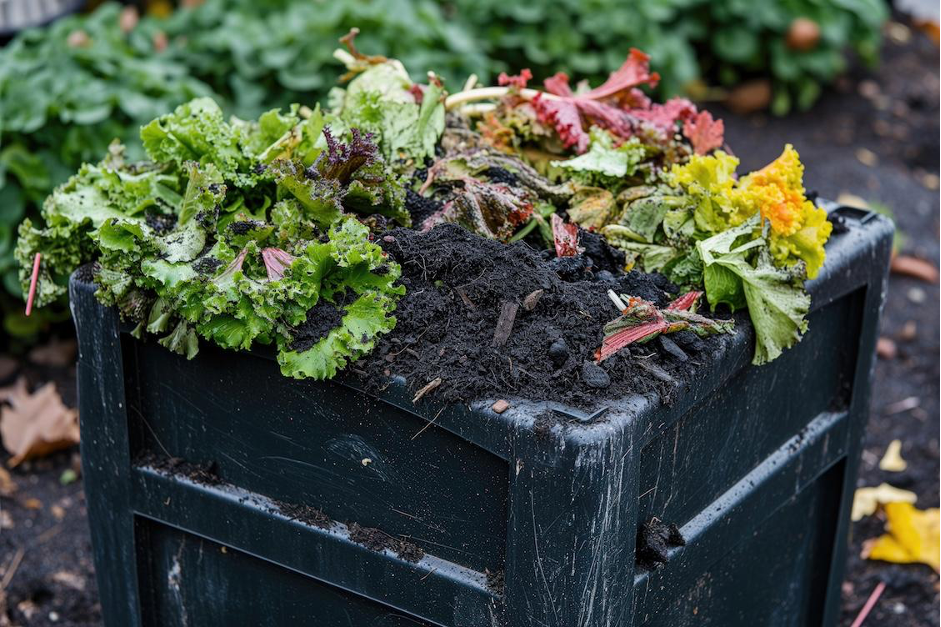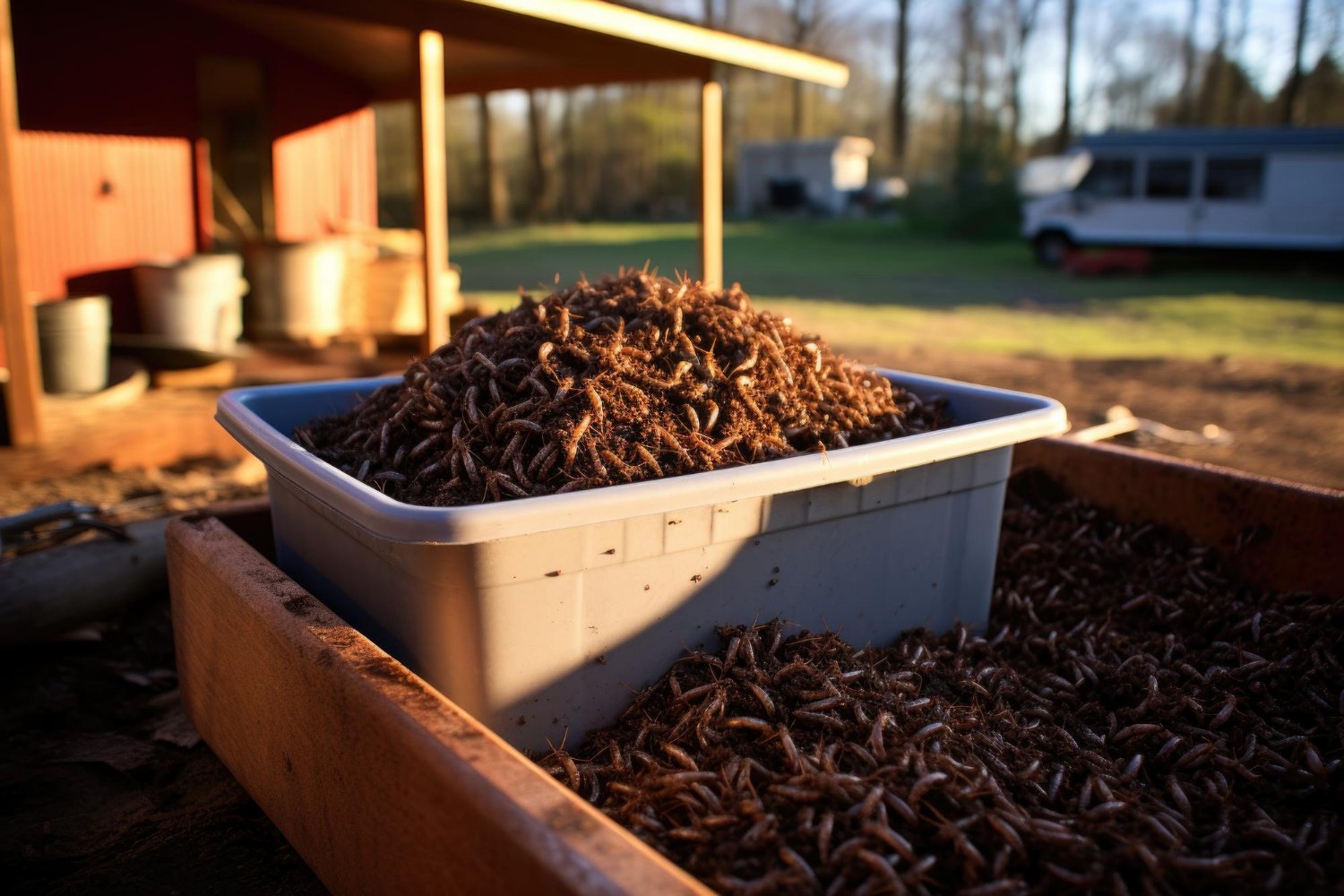 As winter fades into spring, vermicomposting bins will start to warm up. Warmer temperatures make the composting worms more active. If they froze outdoors during the winter, new baby worms might hatch. Spring is the perfect time to refresh and renew your composting bin. Your spring gardening will require fertilizer and the worms have made it for you! What can you expect? Do you need to add bedding or water? How can you tell if you need to order more worms? And is that composter still serving you?
As winter fades into spring, vermicomposting bins will start to warm up. Warmer temperatures make the composting worms more active. If they froze outdoors during the winter, new baby worms might hatch. Spring is the perfect time to refresh and renew your composting bin. Your spring gardening will require fertilizer and the worms have made it for you! What can you expect? Do you need to add bedding or water? How can you tell if you need to order more worms? And is that composter still serving you?
Gather Information
Look inside your composting bin and dig around. Do you see any living worms? Do you see tiny brown specks? These specks are probably worm eggs. Baby worms should be hatching soon!
You should see black, crumbly material. This is worm poop, called “black gold”, “worm castings”,or “humus.” Filled with plant-friendly bacteria, fungi, and nutrients, this organic fertilizer is ready to apply to gardens, new plants, indoor plants, and lawns.
Do you see undigested kitchen scraps? Don’t worry; the worms will soon start munching away.
Is your composter still serving you? Is it the right size? Make any needed repairs.
Worm Population
After the fear of frost has passed, and daytime temperatures are above 55 degrees Fahrenheit, the worms will become more active. Are you not seeing many wiggling worms in the bin? You can wait a bit and see if new worms hatch. If they don’t, then order a bag of composting worms from Uncle Jim’s Worm Farm. Most folks prefer our Red Worms for composting. Their larger cousins, the European Night Crawler (Super Reds), can be used for composting. However, our Super Reds more suited for releasing into the garden or lawn.
Harvesting the Finished Fertilizer
You can remove the humus anytime you need it. If possible, wait until the worms break down excessive organic material. Fewer scraps will make harvesting easier.
Unneeded humus can be stored in a sack or bucket. However, fresh humus is superior. The soil-friendly microorganisms begin to die off while in storage. Older humus still contains plenty of nitrogen and other nutrients plants need.
Finished compost makes the soil “fluffier.” Air pockets allow more oxygen in and improve the soil’s water retention.
Composting harvest techniques depend in part on the type of composter you have. Tray-based composters encourage the worms to congregate in the top trays. Thus, you can easily remove finished compost from the lower trays. Some composters have a little door or tray in the bottom to make removal easy. Uncle Jim’s Worm Farm provides complete instructions for harvesting black gold from composters.
Need More Vermicomposting Bedding?
After harvesting, you may have many worms and just a small amount of bedding left. If so, add more bedding. Here are some recipes for bedding. Then, add dechlorinated water and gently stir until the bedding has the consistency of a wrung-out sponge. Tip: To make dechlorinated water, let tap water sit overnight. The chlorine will evaporate.
Rake the black gold into the top six inches to one foot of the soil around your plants. Adding too much is impossible — you cannot cause a chemical burn or poisoning with organic compost. Black gold is also excellent for growing starts. Check out this information on using humus as side-dressing. Compost tea is a quick way to fertilize many plants and the lawn at once.
What’s Next?
Once your spring composting program is underway, just keep feeding them kitchen scraps and garden waste. Carrot tops, uneaten parsnips, and old leaves are a feast for the composting worms. Find out more about what to feed vermicomposting worms.








